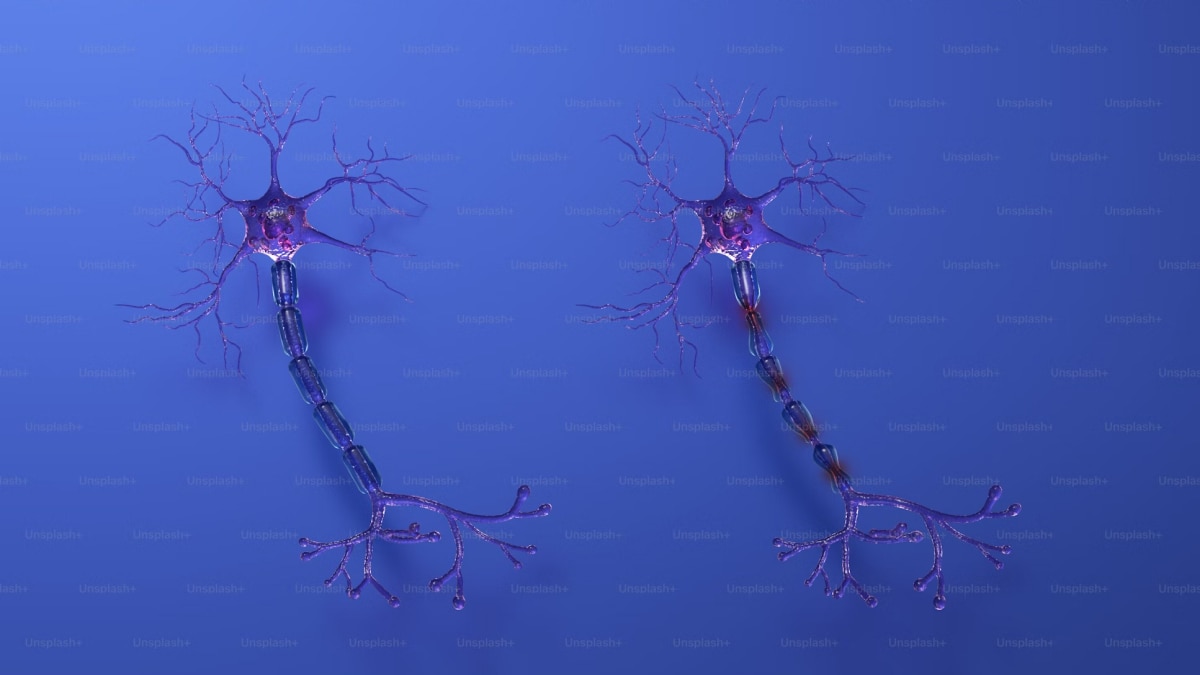
Scientists at the Massachusetts Institute of Technology (MIT) have unveiled groundbreaking cell-wearable devices that could transform the treatment of neurological disorders, including multiple sclerosis (MS). These micro-scale devices, which wrap around individual neurons, mimic the function of natural myelin and restore the electrical signalling disrupted by neurodegenerative diseases. Battery-free and activated by light, the devices offer a new way to monitor and potentially modulate neuron activity within the body.
Synthetic Myelin for Damaged Axons
As per the report by Neuro Science News, these tiny devices are crafted from a soft polymer that rolls and adheres to axons and dendrites when exposed to specific light wavelengths. This unique action allows the device to envelop neuronal structures without damaging delicate cellular components. According to Deblina Sarkar, head of MIT’s Nano-Cybernetic Biotrek Lab, this design is a step towards creating symbiotic neural interfaces that work at a cellular level. “Our technology allows intimate interfaces with neurons, adapting closely to their complex shapes,” Sarkar explains. By wrapping around axons—the neural “wiring” responsible for transmitting electrical impulses—the device can act like synthetic myelin, potentially restoring functions in damaged neurons.
Advances in Microelectronics
To create these wearables, researchers use azobenzene, a light-sensitive material. When exposed to specific light wavelengths, azobenzene films form microtubes that snugly wrap around neuronal structures. Lead author Marta J. I. Airaghi Leccardi, now a Novartis Innovation Fellow, highlights that the team developed a fabrication technique scalable enough to produce thousands of these microdevices without a semiconductor cleanroom. “This advancement means we can potentially produce cell-wearables in large quantities for therapeutic applications,” says Leccardi.
Future Applications and Possibilities
MIT researchers are optimistic about the potential to integrate these devices with advanced sensors, which could open new pathways for non-invasive brain treatments. The devices may one day help clinicians and researchers monitor electrical, optical, and even thermal signals from neurons, offering a deeper understanding of brain function. Flavia Vitale, associate professor at the University of Pennsylvania, called the research “an exciting foundation” for future in vivo applications, where the devices might aid in treating neurodegenerative diseases more effectively.



